Structural change is firmly established in British retailing. We have one of the most advanced ecommerce capabilities for retailing in the world.

As such, few countries exceed the British shopper’s propensity to browse and buy online; latest BRC-KPMG analysis suggests that nearly one in four non-food purchases in the UK are done online from a standing start of none 20 years ago.
With online market penetration in the UK pretty well set, we’d expect an ongoing growth in share towards a 30% rate by 2020 and beyond 33% during the following decade. Technological development with the web and devices in particular, plus generational change, means that our assertion that online retail sales will grow ahead of store-based revenues for the foreseeable future feels secure.
While the progression of online retail is good for web designers, app developers, pure-play retailers and white-van drivers, there are concomitant waves for the rest of the retail ecosystem.
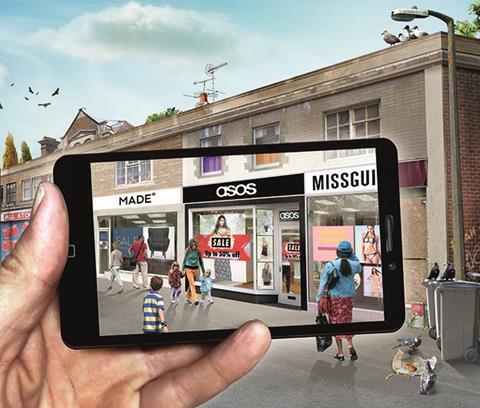
The question is what this channel shift means for the retail real estate world. Data from BRC and Springboard analyses the potential developments around the corner.
This segregates the retail real estate world into three: the high street, town centre shopping centres and out-of-town retail parks.
Online retail sales will grow ahead of store-based revenues for the foreseeable future
Clear trends have recently emerged that have serious implications for a variety of stakeholders from investors to policymakers. Retail parks have enjoyed the most robust footfall in recent years. Within this broad spread of assets, it is also the case that prime and premium are outperforming secondary and tertiary sites.
This decoupling of performance between the two types may be polarising as investment in prime attracts more and more shoppers against cash-starved weaker locations. Interestingly enough, with management change, focus and cash conservation, grocery superstore-anchored parks are also becoming more attractive.
Stores as showrooms
The high street has been a subject of much policy debate for many years and, one senses, with some success too. While voids persist and many high streets appear underinvested, bland and frankly all the same, the mix of market and public policy thinking is starting to deliver improvements.
We’d expect this to continue around more stores as showrooms rather than pure transaction centres, with the virtue of distinctiveness, localism and idiosyncrasy. So while there is much more to be done, talk of the death of the high street - and the hypermarket, for that matter - may be exaggerated.
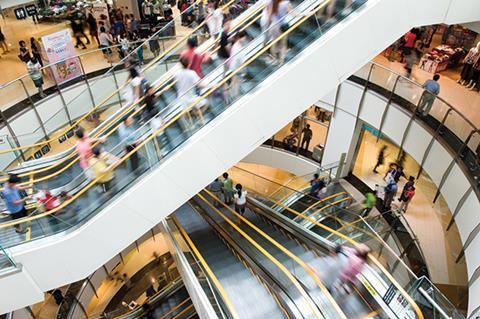
This brings me to the problem child of the retail real estate market: the town centre shopping mall. Many units are under pressure, facing voids plus a march to low ticket prices with the leading players targeting retail parks over shopping centres. The world appears to be against shopping centres, so one senses that for a virtuous commercial cycle to be delivered, radical ideas and economic change need to be at their most adventurous and effective.
In that respect, against online (which is convenient on the sofa), retail parks (which are convenient for the car) and high streets (with the advantage of fresh air without a whiff of super-sized burgers), shopping centres perhaps need to find exclusive purposes, better access points, more attractive formats and more fragrance if they are not to wither on the retail vine.
If not, then there could be a lot of white elephants, asset markdowns and derelict built environments to handle for future policymakers and real estate fund managers alike.
Clive Black is head of research at Shore Capital Markets

























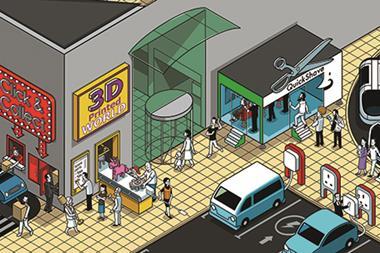
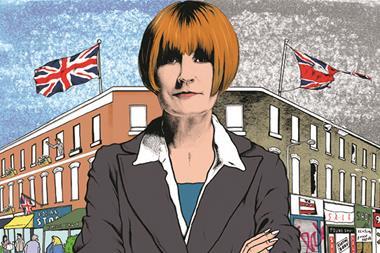
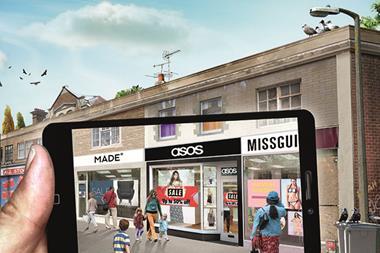


No comments yet